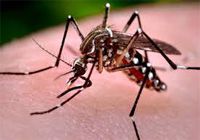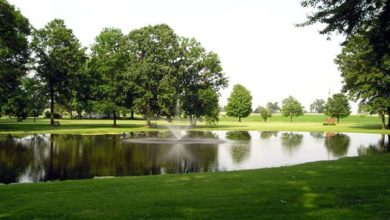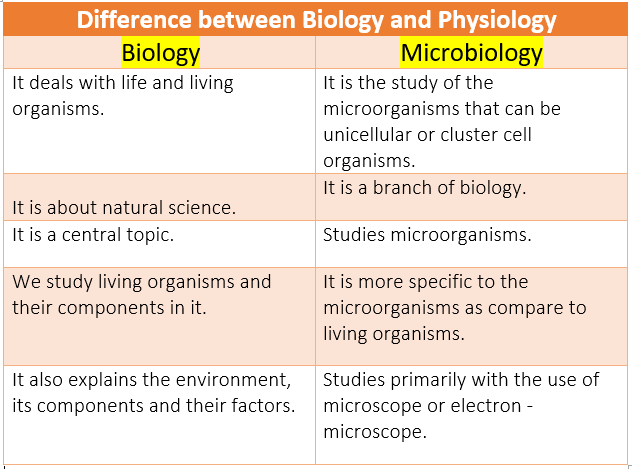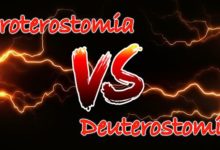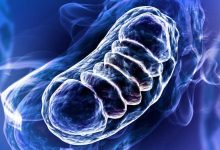Lung Disease Causes and Symptoms
The inside lining of the respiratory system should not be continuously exposed to unhealthy air, containing smoke and pollutants. This unhealthy air can cause different interstitial lung diseases and many other problems in the respiratory system.
Cancer – Interstitial Lung Disease
Lung cancer is a very serious lung disease. Cancer or Carcinoma is basically a malignant tumor. It has unlimited growth. It expands locally by metastasis. The tumor replaces the lung tissue. So cancer can occlude the respiratory passage.
Causes of cancer: Smoking in young adults is the potential cause of lung cancer. The chances of cancer increase ten times more in those persons who smoke or who live in smoky and congested areas. 90% of lung cancer is caused by smoking. Recent research indicates that more than ten compounds of tar from tobacco smoke cause lung cancer.
Tuberculosis (TB)
Tuberculosis is a disorder of the respiratory system (lung disease). TB is a group of diseases caused by Mycobacterium Tuberculosis. Pulmonary Tuberculosis is a disease of the lungs. It damaged the lungs which causes cough and fever. It is more common in the poor. Malnutrition and poor living condition promotes the growth of Mycobacterium. It is a contagious disease. This disease is curable with proper medical attention.
Asthma
Asthma is a serious respiratory disease. It caused severe paroxysms of difficulty breathing. This attack of disease is usually followed by a period of complete relief. The attack of this disease occurs at frequent intervals.
Causes of Asthma: Asthma is an allergic reaction. This allergic reaction can be caused by pollen, spores, cold, humidity, or pollution. Asthma releases inflammatory chemicals like histamines into the circulatory system. These chemicals cause spasmodic contraction of small bronchioles. So it blocks the passage of air.
Emphysema
The breakdown of alveoli is called Emphysema. Emphysema is more in smokers. The substance present in the smoke of tobacco weakens the walls of the alveoli. These substances cause the smoker’s cough.
This coughing bursts some of the weak alveoli. Thus constant coughing greatly reduces the absorbing surface of the lungs. The blood of an Emphysema patient is not oxygenated properly. So even the least exertion (work) can make him breathless and exhausted.
Emphysema produced resistance in the airways. Emphysema causes inflammation of the bronchioles. The damaged bronchioles are collapsed during expiration. So air is trapped within the alveolar sacs.
The alveolar walls degenerate in the patient with emphysema. So the small alveoli combine to form large alveoli. Although the volume of alveoli is increased the surface area is decreased. So there is an inadequate surface area for the completion of the gaseous exchange. So the physiological dead in air space is increased.
Role of Respiratory Pigment in interstitial lung disease
Various types of Respiratory Pigments are present in different animals. These pigments combine with oxygen reversibly. So they increase the oxygen-carrying capacity of the blood. There are two Pigments in man:
Hemoglobin
It is the most important protein. Hemoglobin is present in the blood of many animals like man. It increases the oxygen-carrying capacity of the blood of man by about 75 times. The hemoglobin molecules are composed of four polypeptide chains. Each polypeptide chain has an iron-containing ring structure. So hemoglobin can combine with four molecules of oxygen at a time.
Myoglobin
It is a hemoglobin-like iron-containing pigment. It occurs in the muscle fiber. Myoglobin is also known as muscle hemoglobin. It acts as an intermediate compound. It transfers the oxygen from the hemoglobin to the aerobic metabolic processes of the muscle cells.
Myoglobin can also store the same amount of oxygen. It consists of only one polypeptide chain. This polypeptide chain is associated with the iron-containing ring structure. So it can bind with one molecule of oxygen. Myoglobin has a much higher affinity for oxygen than hemoglobin.
Lung Capacity
The total inside capacity of the human lung is about 5 liters when it is fully inflated. Normally, the exchange of gases is only half a liter during rest or sleep. This volume of exchange of gases is about 3.5 liter during exercise. Therefore, there is a residual volume of 1.5 liters even during exercise. This residual volume cannot be expelled.
Normally the rate of breathing is 15-20 times per minute at rest. The breathing rate may rise to 30 times per minute during exercise. So more oxygen is dissolved in the blood during this increased rate and depth of breathing. Thus more oxygen is supplied to muscles.
Deep and fast breathing also removes the extra carbon dioxide. There is little change in the composition of inhaled and exhaled air during rest or during exercise. There is the following composition of inhaled and exhaled air.
| Compounds | Inhaled % | Exhaled % |
| Oxygen | 21 | 16 |
| Carbon dioxide | 0.04 | 4 |
| Water vapors | Variable | Saturated |
| Nitrogen | 79 | 79 |
Diving Reflex
Aquatic mammals like cetaceans (whales) can stay in the depth of the ocean for about two hours. They do not come up for air during this time. There is the following adaptation in the diving animals:
- Diving mammals have almost twice the volume of blood as non-diver animals. Most diving mammals have a high concentration of myoglobin in their muscles. So this myoglobin binds with extra oxygen.
- The limit of the diving reflex is activated when a mammal dives.
- The breathing stops.
- The rate of heartbeat slows down to one-tenth of the normal rate.
- The consumption of oxygen and energy is reduced.
- The blood is redistributed. Most of the blood goes to the heart and brain because they cannot withstand anoxia (deficiency of oxygen). The skin muscles, digestive organs, and other internal organs can survive with less oxygen so they receive very little blood.
- The muscles shift from aerobic to anaerobic respiration.

